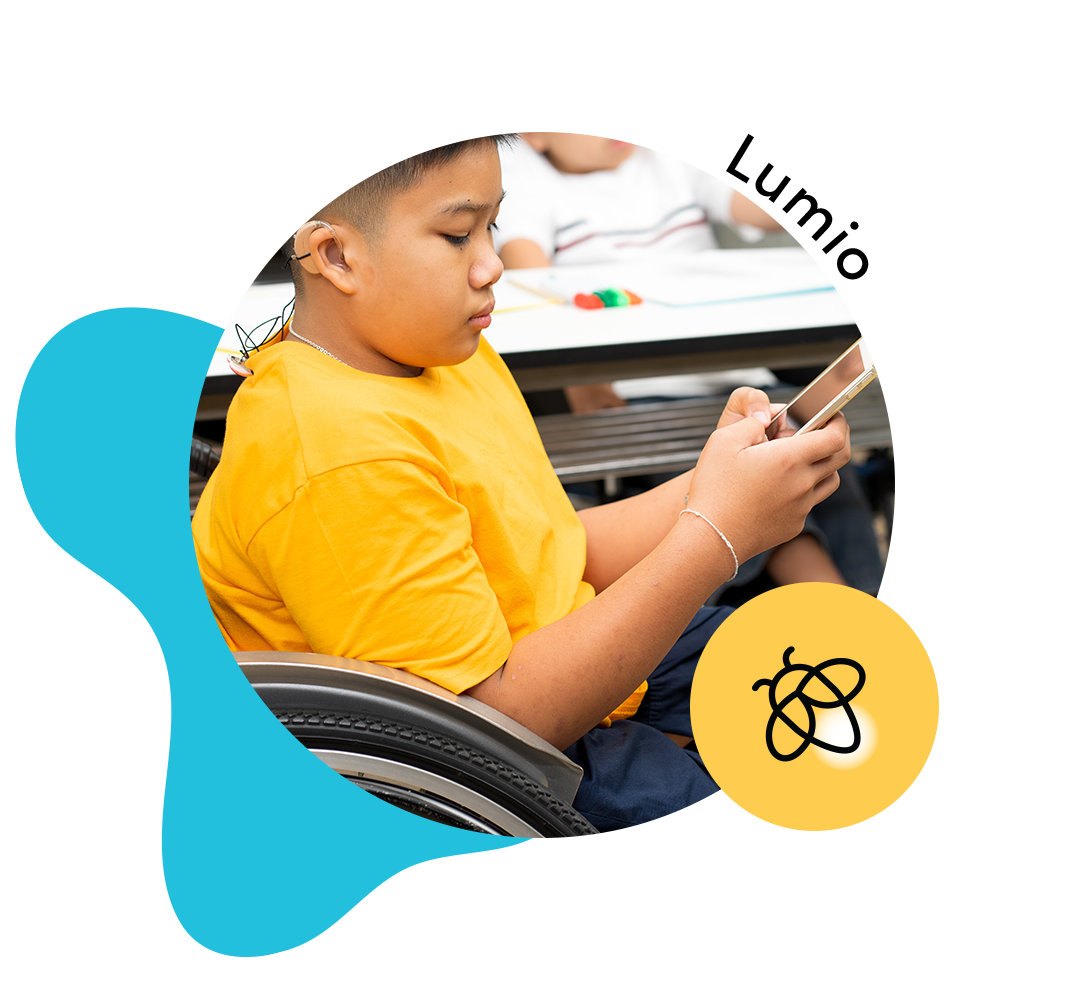This blog post was created by SMART Exemplary Educator Julie Kuzma.
Julie's Bio: For the past two decades, I have been training learners from ages 3 through adult. I have facilitated courses in public schools, private schools, colleges and local/regional/state  conferences. My audiences have been filled with young children, new and seasoned teachers, administrators, and businessmen and women. During my tenure, instructional designs have been developed to cover 5-year school and county technology plans, state-mandated curriculums, master’s levels college courses and conference presentations of varying lengths.
conferences. My audiences have been filled with young children, new and seasoned teachers, administrators, and businessmen and women. During my tenure, instructional designs have been developed to cover 5-year school and county technology plans, state-mandated curriculums, master’s levels college courses and conference presentations of varying lengths.
New Year, New Goals
Each January the talk of resolutions is a hot topic. It makes sense; the new year, new time to change, a natural moment to begin something new. You may have just completed your first semester in your career (if so, congratulations!!), maybe spent the first few months in a new job, or continued your profession as a valued veteran. Whichever it may be, continuing to be an exciting and innovative teacher takes effort. It’s easy to sit back and use the same tried and true lessons that have worked in the past, but that isn’t what keeps students excited about coming to your classroom and about learning. It’s time to set goals for the new year.
Open the Door
Where do you begin? Start by opening your door. It sounds simple, but few teachers actually do it. It’s natural to close the door to prevent outside noise from disrupting your classroom, or to prevent your students' noise to travel down the hallway, however opening the door invites others in. Imagine this: you have planned an exciting lesson and your students are responding to it exactly how you hoped. A colleague is walking by, listening to the energy and stops in. She admires what’s going on and later engages in a conversation with you. Her class may have a different population and your exact tactic may not work, but together you create a plan that will work for her room. In the end, you both not only have the same lesson adapted for two groups of students but have created a partnership that leads to more collaboration that can enhance your teaching.
Collaborate
Collaborating sounds simple on paper, but you may want to branch out beyond your local area. The internet is full of websites that have amazing education ideas. There are so many blogs that offer the best tips, so who do you read? Here are two of my current favorites:
Richard Byrne: google, social media, and everyday tips.
Learning in Hand: a potpourri of advice; follow on Instagram.
Don’t want to follow a blog or not a social media fan? Pick one topic that you will be teaching and research it. Look up ways that other teachers deliver on the same skill, write down their tools and get your hands on them. For example, if you want to bring more speakers into your classroom, such as authors or historians, dive deep into video conferencing. Bottom line, find that small group of people or product and focus on that. Dive into it and learn, read, plan, implement, evaluate and write down what worked and didn’t work. Document what you are doing, who you are following and student work. Most importantly, remain a lifelong learner.
Happy New Year!








